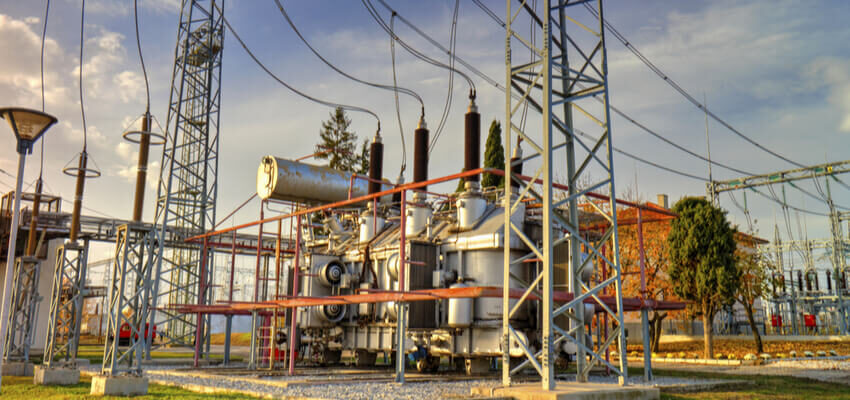
Advances in communication protocols spur deployment of substation automation by Chaitali Gawande
In a multi-vendor environment, various stakeholders leverage emerging communication protocols to adopt digital substations in pilot projects.

Image for illustration purposes
In a multi-vendor environment, various stakeholders leverage emerging communication protocols to adopt digital substations in pilot projects. Subsequently, building a digital substation network will enable real-time monitoring of information in power facilities, laying the framework for micro-grids.
Digitalisation key to all automations, how can power sector be left behind
The wave of digitisation in power grids has placed automation in energy sector on a new high. Strides in digital substations have been key enabler of this transformation. Various stakeholders, including equipment manufacturers, have geared toward deploying digital substations, attracted by several cost and design gains over conventional substations. In recent years, the power sector has utilised digital substations in range of control and protection applications in grids. Unarguably, grids will become more resilient.
The power systems industry has realised these gains in making power facilities more responsive—configurable—with smart data monitoring in real time. Over the years, utilities have found new cost gains in replacing copper wiring with optic communication network, optical sensors, protection IEDs. Aside from fiber optic communication networks, SCADA systems and hardware components have also been at the forefront of developments for digital substations.
Spinning IEC 61850 into fabric of digital substation unlocks new automation potential
Digital substations have been found to lay a firm framework for setting standardised efficient energy systems. Next generation of Ethernet-based protection and control systems are opening new drivers and opportunities for utilities for adopting digital substations.
With the advent of IEC 61850, communication networks have become more interoperable across the offering of different vendors; a multi-vendor network environment has become a norm rather than the exception. Interestingly, utilities have yet to find substantial evidence of performance gains in implementing the new, emerging IEC 61850 protocol stacks. Some of the recent stacks are GOOSE (generic object oriented substation event) and SMV (sampled measured values). Each has attracted the attention for power sector for reasons of its own.
Nevertheless, pilot projects by utility providers of repute in countries such as in North America are leaning on harnessing the standards to ease the deployment. A case in point is Swiss-Swedish multinational corporation ABB. It has harnessed digital substations in unlocking new prospects in power sector automation. The recent spate of substations in developed as well emerging economies of India underscore the rising business propositions of digital substations [1]. The company has orchestrated new digital offering based on IEC 61850 for substation automation.
IEC 61850 standards have become increasingly preferred protocol for defining an Ethernet based scalable, resilient network infrastructure. In developed economies, notably in the U.S. and some European nations, the penetration of these standards have advanced the deployment of digital substations in achieving a time-honored communications infrastructure. Together with Ethernet /IP networks, such communication networks are opening up exciting possibilities in setting up a micro-grid—the future of digital is not afar.
5G network unlocks incredible potential in digital automation
Minimising latency in the smart grid is an important feature, more so for engendering a centralised protection and control mechanism in digital substations. In this regard, 5G wireless system holds an incredible potential. They are being considered as the game-changing protocol for deploying digital substations. Recent brown- and greenfield installations are testing the cost and design limitations of IEC 61850 protocol [2]. As a matter of truth, 5G use cases point toward considerably reducing end-to-end delays in substation-to-substation communication in a digital power system framework.
Over time, new data and protocols will open new potential in the digital substation market. For instance, multicast IEC 61850 GOOSE is proving to be new framework for advanced protection and control in digital substation. Coupled with 5G network, the power sector will see the face of new Quality of service (QoS) profiles, opening up exciting possibilities in digital substation market.
Bibliography
[1] IEC 61850 edition 2, The standard evolves and so does the industry, https://new.abb.com/news/detail/6492/iec-61850-edition-2-the-standard-evolves-and-so-does-the-industry
[2] N. Kumari et al., Enabling Process Bus Communication for Digital Substations Using 5G Wireless System, 2019 IEEE 30th Annual International Symposium on Personal, Indoor and Mobile Radio Communications (PIMRC), Istanbul, Turkey, 2019, pp. 1-7, doi: 10.1109/PIMRC.2019.8904287




